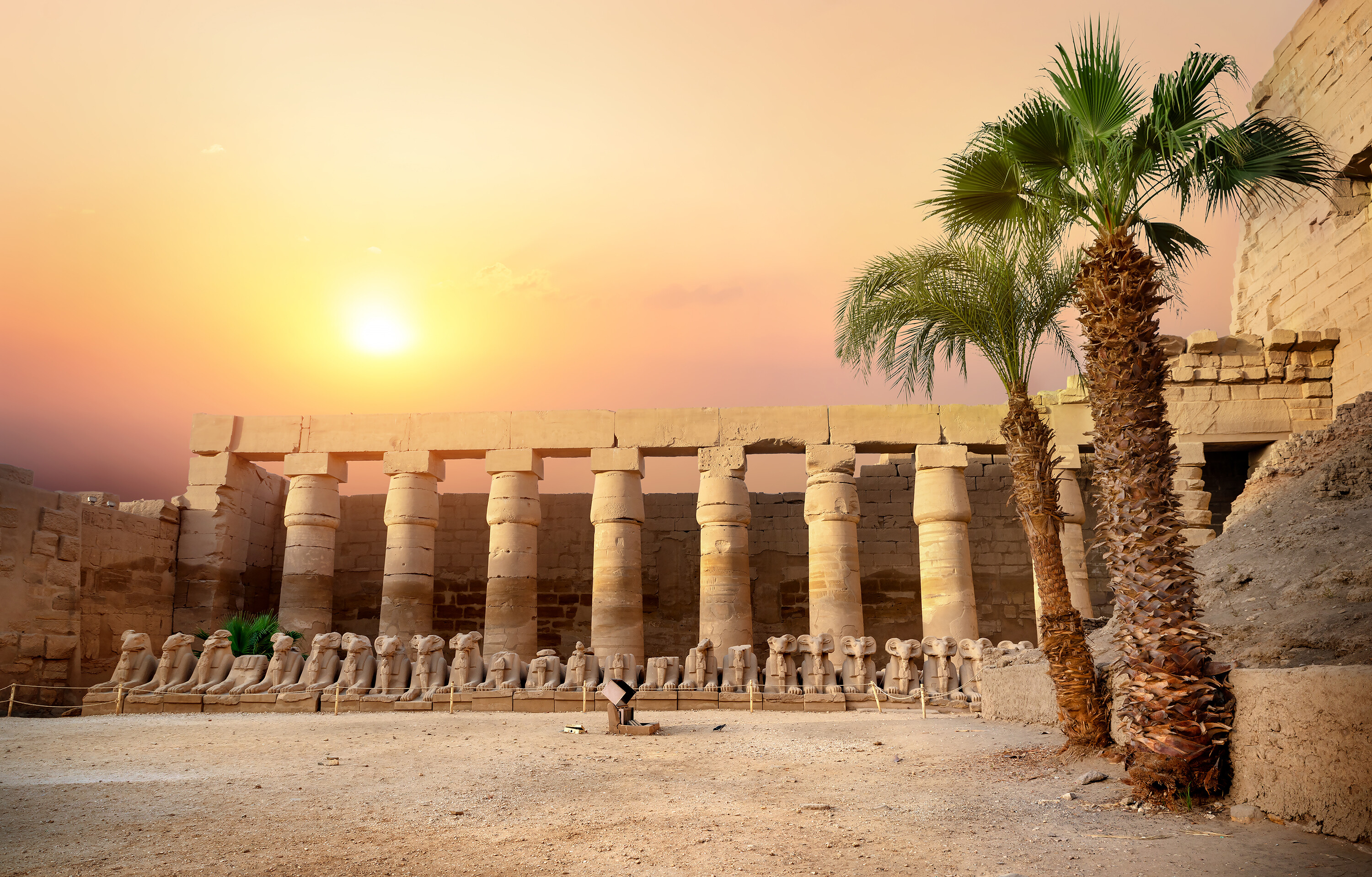Set
Set or Seth was the Ancient Egyptian god of chaos, war, and storms. He is best known for killing his brother Osiris, which was the most important myth of Ancient Egypt. Besides Osiris, Set also had other siblings in Isis, Nephthys, and Horus the Elder. All of them were children of gods Nut and Geb. Set would marry his sister Nephthys but also had a consort in hippo goddess Tawaret.
The god’s name translates to “destroyer” or “instigator of confusion.” Set is often associated with red color and foreign lands. People also referred to him as the “Rules of the South” and “Lord of the Desert.” He resided over Upper Egypt and desert lands across Egypt’s borders.
Set was represented by many animals. Usually, he would have an image of a serpent or red-haired beast. According to many experts, this red-haired beast, which had cloven hooves and forked tail, served as an inspiration for Christian demons and the Devil. Set was also represented as crocodile, tortoise, griffin, or hippopotamus.
Although Set now signifies chaos and deception, he didn’t always have such a role. Back in the Early Dynastic Period, he was considered as a benevolent god who saved Ra from snake Apophis. People would wear his name on love charms and would call his name when chanting love spells.
Besides protecting Ra and the sun itself, Ra was often shown as a benefactor during this period. Not only would he support the poor during their lives, but he would take care of them once they died. However, the narrative surrounding Set changed during the New Kingdom. From this point onward, the deity is shown as a betrayer and murderer.
Although Greeks didn’t have the same entity as Set, they would often associate him with Typhon. This was a god-monster who would eventually attack Zeus, and as a punishment for his crimes, the High-god would throw him into Tartarus.
Experts are uncertain why Set’s story changed so much with the years. Despite everything, the deity was still worshipped, and some of the rulers bore his name.



